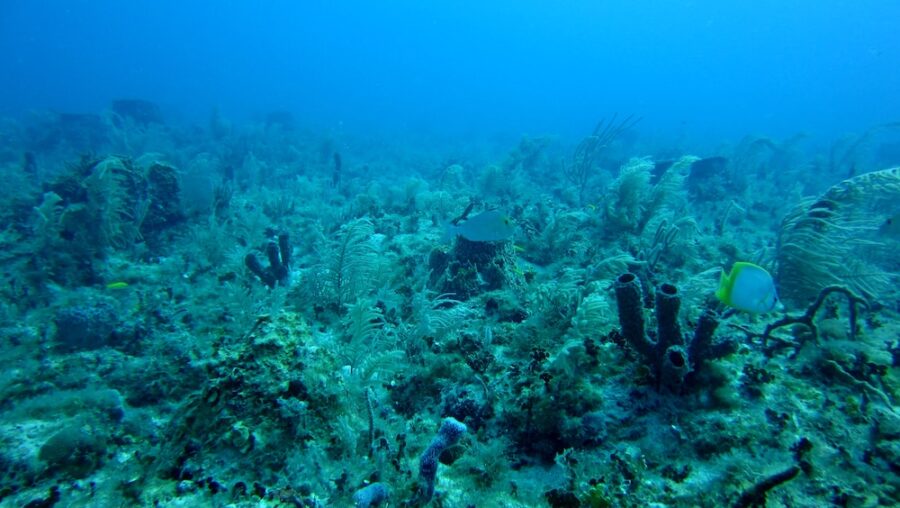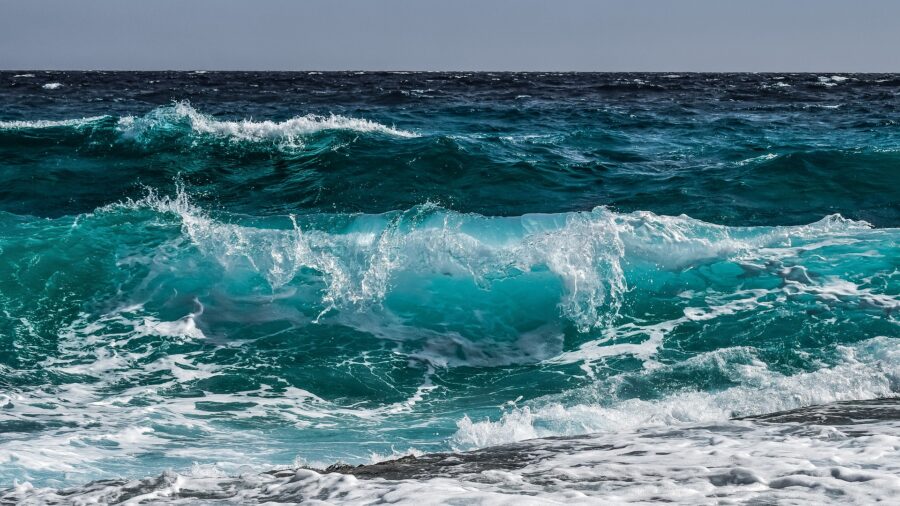Discovery Deep In Pacific Ocean Changes Everything We Know About Origin Of Life

Scientists have discovered another source of oxygen that doesn’t require plants and photosynthesis. Some 12,000 feet beneath virtually any ocean waters are so-called “battery rocks” that produce what scientists are calling “dark oxygen.” The rocks are about the size of a standard potato, wholly dark, and are changing all that we know about the origin of life on Earth.
Dark Oxygen

No sunlight reaches such deep ocean waters, and there’s no plant life available to convert sunlight into oxygen even it if could penetrate that deep. Instead, scientists theorize a combination of salty seawater, polymetallic nodules, and a potential voltage of up to 0.95 volts might work together to create oxygen deep on the ocean’s floor. The resulting dark oxygen is most abundant in sediments found in the world’s deepest waters.
Unbelievable Findings

Lead author Andrew Sweetman of the Scottish Association for Marine Science and others published their report entitled “Evidence of dark oxygen production at the abyssal seafloor” in the July 22 issue of the journal Nature Geoscience. Their study suggests organisms living on the oceans’ deep seafloor consume oxygen.
The scientists in 2013 studied the Pacific Ocean’s floor in the Clarion-Clipperton Zone, which is an elliptical-shaped area located just east of Hawaii. Sweetman found the discovery of the oxygen-producing sedimentary rocks so unbelievable that he didn’t believe it. Instead, he ignored the finding for several years.
They Thought It Was A Mistake

Sweetman and the rest of the research team were trying to measure how much oxygen organisms living on the ocean floor consume. The scientists expected to find ever-decreasing amounts of oxygen the deeper their study took them. Instead, they discovered the opposite.
Instead of oxygen becoming less abundant as the scientists sampled ocean waters at different depths, they discovered it was increasing as they neared the ocean floor.
The deep-sea discovery of what they eventually called dark oxygen made them think their sensors were defective and sent them back to the manufacturer to recalibrate them. They sent the sensors back at least four times.
It Wasn’t A Mistake

When the scientific team returned to the same location in 2021, they were under contract with the Metals Company to survey the ocean’s floor for potential mining purposes.
While using completely different analysis equipment and techniques, Sweetman’s team found the same increases in dissolved oxygen within the ocean’s deepest waters.
With the same result occurring twice many years apart and using very different scientific approaches. Sweetman and his team finally believed what they were seeing.
They set out to determine the true source of the increased oxygen levels where they originally expected to find none or nearly none. The search started with a basic elimination process.
Electrolysis

They used lab tests to determine microbes didn’t create the dark oxygen. Then they took a closer look at the lumpy potato-sized sedimentary rock formations created when metals like manganese and cobalt collect around shell fragments, sharks’ teeth, and similar substances commonly found on the ocean floor.
They couldn’t find any radioactive substances capable of splitting water molecules or decomposing minerals that contain oxygen, such as manganese oxide.
A chance viewing of a documentary on deep-sea mining while in Brazil gave Sweetman an epiphany when someone referred to the dark lumpy formations as a battery inside a rock.
Sweetman suspected an electrochemical process might create the oxygen they had measured in the ocean’s depths. Electricity splits water molecules through a process called electrolysis, which Sweetman’s team determined creates oxygen deep beneath the sea.
Source: Nature.com












